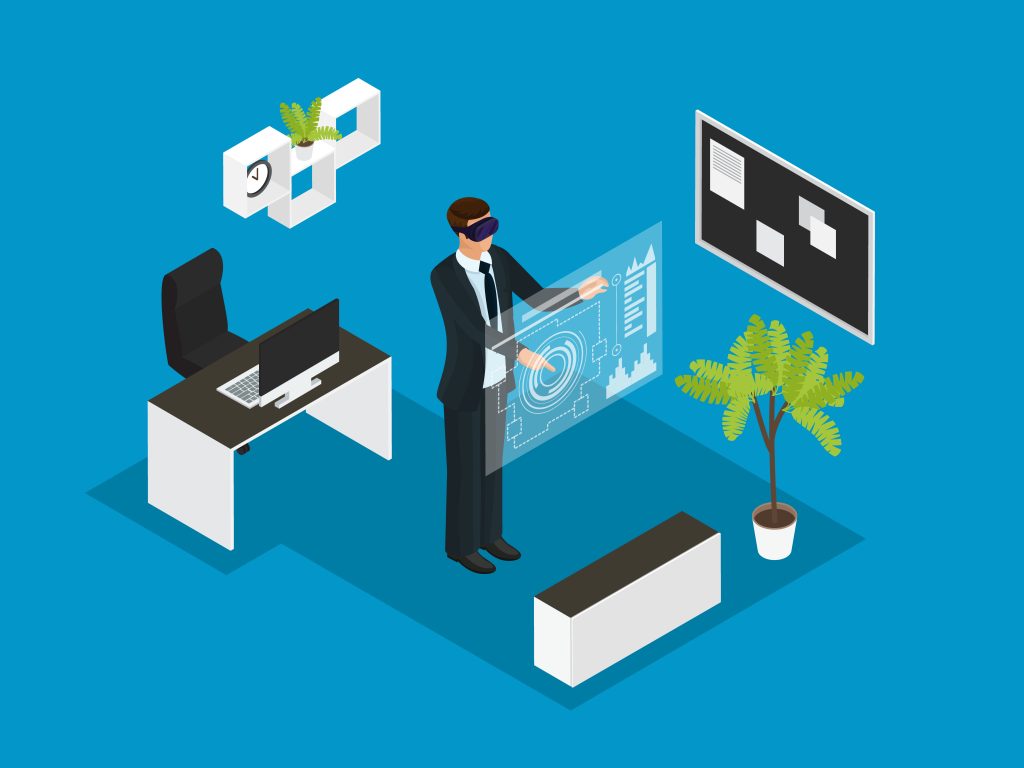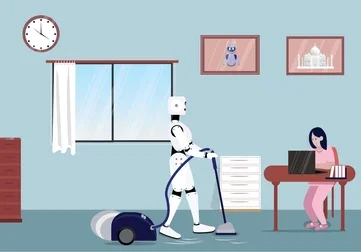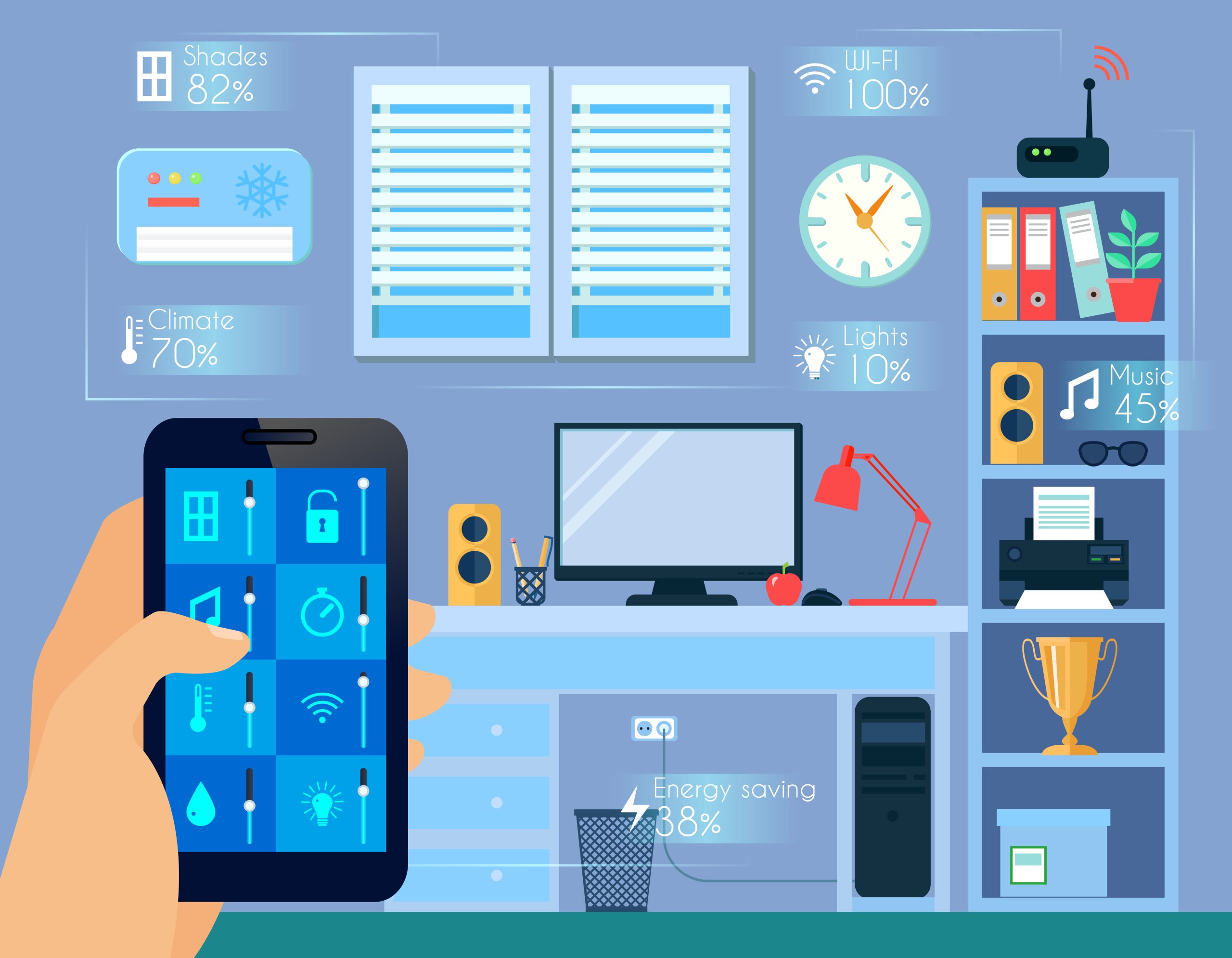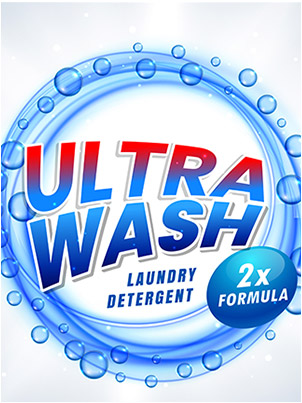How Smart Technology is Transforming Office Cleaning with IoT and Robotic Solutions
Smart technologies are being progressively used by offices in today’s fast-paced environment to streamline operations, including cleaning. Office cleaning is changing as a result of the ‘Internet of Things’ (IoT) integration with robotic cleaning solutions. This transformation will make the sector more transparent, efficient, and long-lasting. These developments assist companies in cutting expenses, raising customer satisfaction levels, and providing a safer workplace for staff members. This blog will discuss the various ways that smart technology is changing office cleaning and why it’s revolutionary for today’s businesses.

The Role of IoT in Office Cleaning
IoT technology allows for real-time data tracking and automation by connecting cleaning equipment and tools to a centralized network. How IoT is altering the game is as follows:
1. Intelligent Sensors for Effective Cleaning
IoT-enabled sensors placed in high-traffic areas, restrooms, and trash cans track usage and notify employees when cleaning is necessary. This aids in work prioritization, cutting down on pointless cleaning and guaranteeing excellent standards in important areas.
2. Updates in Real Time and Inventory Control
When cleaning supplies are running low, smart systems alert cleaning staff, preventing interruptions. Supervisors can optimize staff workflows by remotely monitoring cleaning schedules.
3. Automated Reporting Based on Data
Cleaning companies can offer transparency and trust-building by using IoT to give clients automated information on cleaning frequency, service quality, and compliance.
Robotic Cleaners: The Future of Office Cleaning
Robotic technology is revolutionizing office maintenance with automated machines that can handle repetitive tasks. Key examples include:
1. Autonomous vacuum cleaners and Floor Scrubbers
These robots can navigate office spaces independently, ensuring floors remain spotless with minimal human supervision. Equipped with sensors, they avoid obstacles and return to charging docks automatically.
2. UV-C Disinfection Robots
UV-C light technology eliminates harmful bacteria and viruses without chemicals. These robots are ideal for sanitizing shared spaces such as meeting rooms and break areas, providing an extra layer of hygiene.
3. Window Cleaning Robots
Automated window cleaners use suction technology to move across surfaces, ensuring streak-free windows even on high-rise buildings. This innovation reduces the risks associated with manual window cleaning.
Benefits of Smart Cleaning Technology
- Increased Efficiency: Robots and IoT-enabled devices streamline workflows, saving time and reducing labor costs.
- Improved Health and Hygiene: UV-C disinfection and smart monitoring ensure offices remain germ-free, boosting employee wellness.

- Cost Savings: Predictive maintenance and optimized cleaning schedules prevent equipment breakdowns and reduce energy consumption.
- Sustainability: Automated tools use resources efficiently, aligning with businesses’ green initiatives.
Difficulties in Putting Smart Cleaning Solutions Into Practice
Even if there are many advantages, there can be difficulties when using smart cleaning technologies.
- High Initial Investment: Businesses must think about long-term ROI because robots and IoT technologies can be costly to install.
- Requirements for Staff Training: To properly manage and maintain smart tools, teams need to receive training.
- Integration with Current Systems: It can require time and effort to integrate new technologies with current applications and workflows in a seamless manner.
The Future of Office Cleaning: What’s Next?
There is room for innovation in the office cleaning sector. More precise cleaning needs predictions may soon be made by AI-powered devices, and improved IoT networks will make remote monitoring and troubleshooting possible. It is anticipated that robots will grow increasingly independent, capable of doing increasingly intricate duties devoid of human oversight.
Conclusion
The adoption of IoT and robotics is transforming the office cleaning landscape, offering a cleaner, healthier, and more efficient workspace. Businesses that embrace these technologies not only benefit from cost savings and enhanced hygiene but also position themselves as forward-thinking, sustainable organizations. As the demand for smarter solutions grows, the future of office cleaning will be defined by automation, connectivity, and continuous innovation.
By investing in smart cleaning technology today, offices can stay ahead of the curve and create work environments that are safe, productive, and aligned with modern expectations.



Leave a Reply